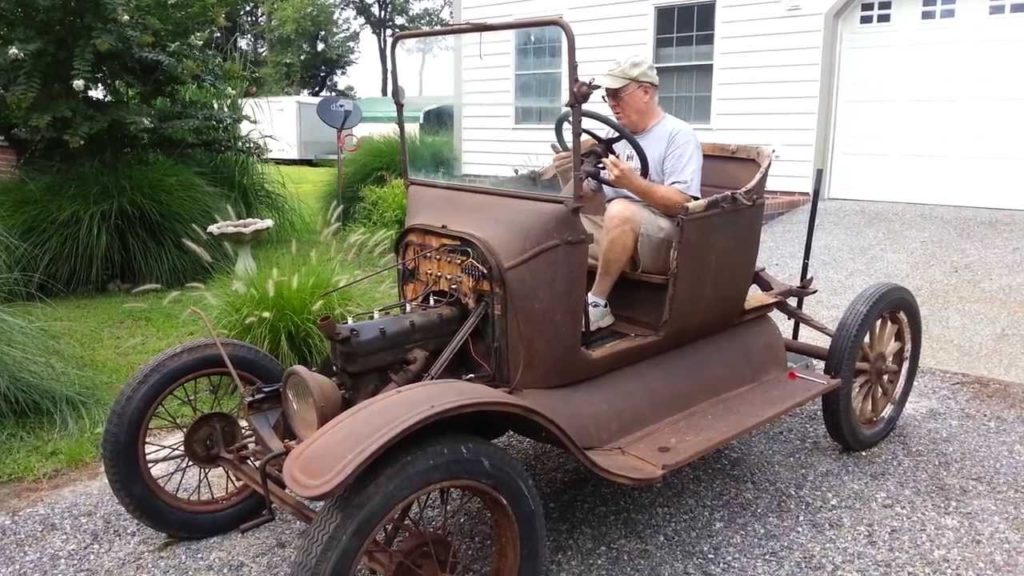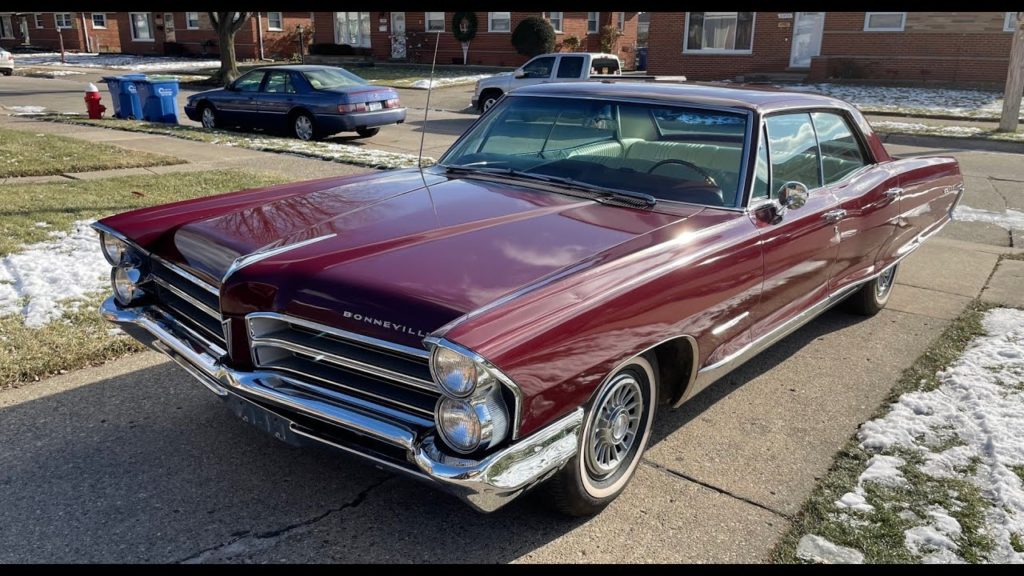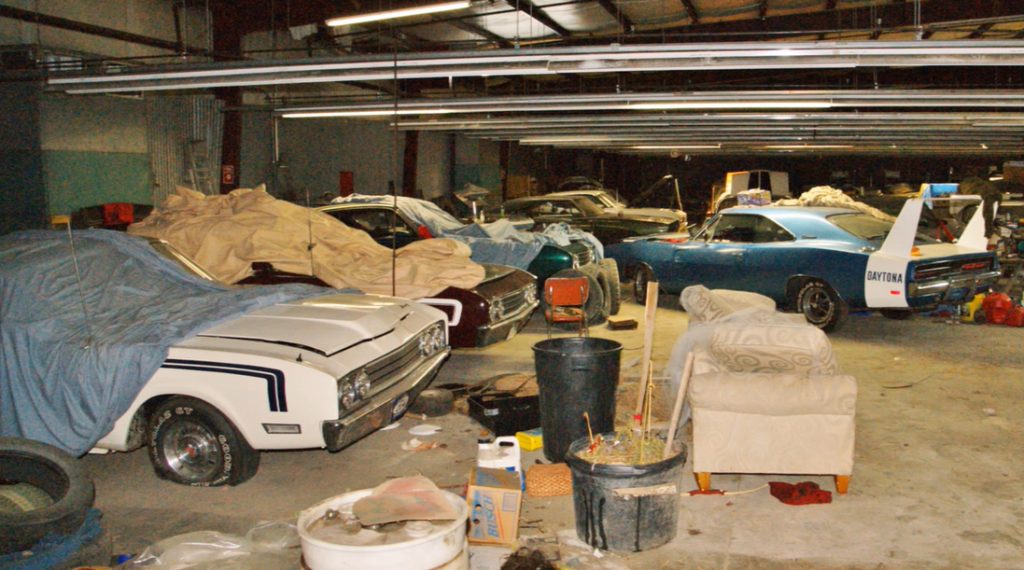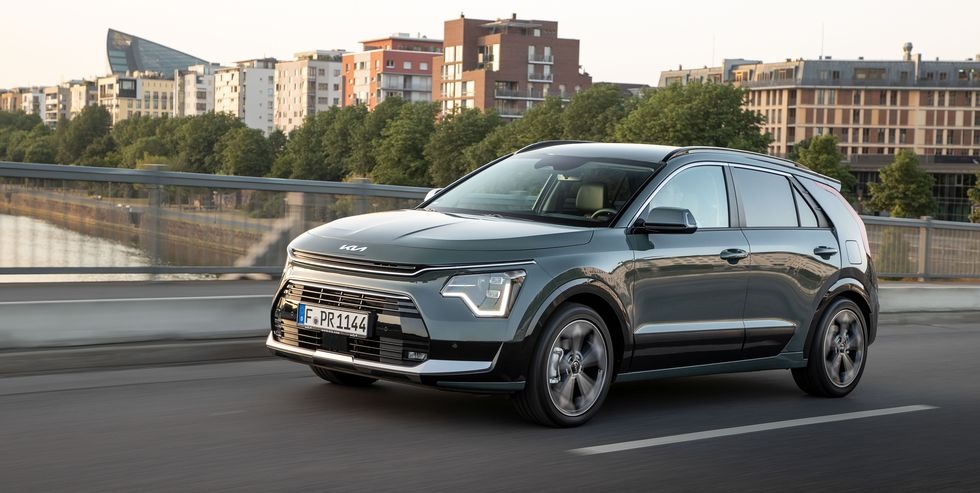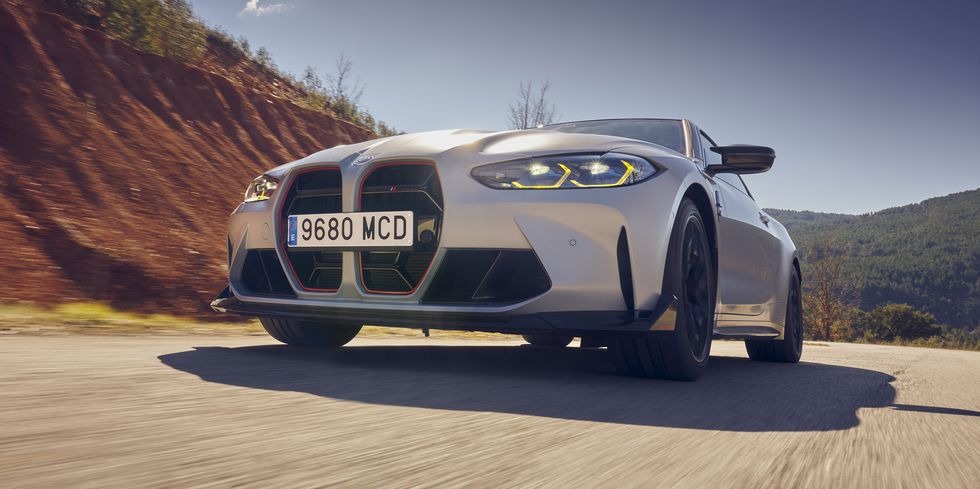The latest new luxury SUV from Mercedes-Benz will have to play a blinder if it’s to surpass the Land Rover Discovery and bring an end to the Audi Q7’s four-year dominance…
The contenders
Audi Q7 45 TDI quattro S line
- List price – £57,565
- Target Price – £51,869
Our long-time favourite luxury SUV returns to defend its seat at the head of the table.
Land Rover Discovery SD4 SE
- List price – £54,660
- Target Price – £51,889
We’ve tested the V6 diesel; does this cheaper four-cylinder engine make more sense?
Mercedes-Benz GLE 300d 4Matic AMG Line 7 seats
- List price – £57,705
- Target Price – £53,776
The brand new GLE is tested here in entry-level form with its optional third row of seats.
If you need a really big car, you’d be daft to rule out diesel power. Yes, yes, we know it’s had a lot of bad press lately and it’s true that it makes less sense for many buyers than it did a few years back. But a small petrol engine in a massive SUV is akin to using a pair of scissors to cut your front lawn: slow and not very efficient.
It’s perhaps unsurprising, then, that Mercedes-Benz is offering a choice of not one, not two but three diesel engines in its brand new GLE luxury SUV. The cheapest and most frugal 2.0-litre model (badged 300d) is predicted to be the biggest seller, so that’s the one we’ve chosen to throw into the proverbial bear pit with a couple of similarly huge but rather more battle-worn rivals.
The first of those is the Land Rover Discovery, an SUV that’s designed to be just as good at plugging mud or pulling a caravan as it is pottering around Putney. And one that, like the GLE, is also available with a relatively small 2.0-litre diesel engine to keep fuel economy and CO2 emissions as respectable as they can be in something that has all the aerodynamic grace of a shipping container.
Our final contender is the Audi Q7, which has been our class leader ever since it was launched back in 2015. But before you write this comparison off as a forgone conclusion, it’s worth knowing that the Q7 is one of very few cars we can think of that has actually become slightly less brilliant as the years have rolled by – particularly after a recent retuning to get it through the EU’s latest emissions tests. That it’s available with only a burly 3.0-litre V6 diesel seems a bit gluttonous now, too.
 On the road
On the road
Performance, ride, handling, refinement
But surely that V6 endows the Q7 with much better performance than its four-cylinder rivals? Surprisingly not. The GLE’s engine may be smaller, but it pulls just as strongly from low revs and actually pumps out slightly more power than the Q7’s when you rev it hard. Against the stopwatch, there’s barely anything to split the German cars when you’re in a hurry; both will hit 60mph from rest in well under eight seconds and whisk you onto a motorway slip road with the same fervour.
However, there is one big differentiator: the automatic gearboxes. The Q7’s takes an age to react when you squeeze the right pedal to request a burst of acceleration, a problem that’s only surfaced after that aforementioned retuning. It’s a trait that’s frustrating at the best of times and borders on dangerous when you’re trying to enter a busy roundabout.
The GLE’s nine-speeder is much more responsive, giving you heaps more confidence when overtaking on single carriageways and pulling out from side roads. It shifts just as smoothly as the Q7’s eight-speed ’box the rest of the time, too.
And the Discovery? Well, its gearbox, also with eight ratios, is a little hesitant at times but nowhere near as ponderous as the Q7’s. Ultimately, though, it can’t build speed quite as briskly as the Germans, which is hardly surprising when you consider it’s the tallest and heaviest car here.
All that weight might help explain why the Discovery also rides the least comfortably. Our test car was fitted with optional 20in alloy wheels (a 19in set come as standard), and in this form, the ride is best described as clumsy.

At low speeds, the Discovery stumbles over obstacles like a toddler, with every impact sending subtle but noticeable shudders through its body. Comfort improves the faster you move, but there’s still constant jostling at motorway speeds.
There is one big caveat when it comes to the GLE: by dint of our car being an early one off the production line, it was fitted with air suspension. The problem? You can’t actually get that on the 300d in the UK – only the more powerful models. In short, we don’t know how comfortable it will be on its regular suspension, but in the form we tried, it betters the Discovery at all speeds. The GLE’s slightly wallowy nature means you notice your torso and head bouncing and swaying around quite a bit along uneven roads, though.
If your priority is ride quality, the Q7 is still without equal. Its standard air suspension smothers bumps of all shapes and sizes brilliantly well by luxury SUV standards, and on the motorway, there simply aren’t many comfier cars in any class or price bracket.
There aren’t many (perhaps any) that are quieter, too. How so? Well, the Q7 has consistently registered the lowest decibel reading of any car we’ve ever group tested when cruising at both 30mph and 70mph – and it did so again this time. There’s barely any wind bor engine noise, and even the chunky tyres don’t generate much in the way of roar.
The GLE comes commendably close to matching it, however, with only some extra wind noise around the windscreen and side pillars raising the volume. It’s considerably quieter than the Discovery, whose boxy silhouette creates quite a bluster as it bludgeons its way through the air.

As for going around corners, the Q7 hides its height and weight the best, leaning the least, gripping the hardest and feeling the most wieldy around town. It also has the most accurate steering that gives you the best sense of connection to the front wheels. Meanwhile, the GLE leans more and feels more cumbersome on narrow lanes, and its steering, while suitably light for parking and manoeuvring, is somewhat numb and vague.
Then again, compared with the lumbering Discovery, the GLE feels like Lewis Hamilton’s weekend toy. The Discovery sways about like a palm tree in a typhoon through tight twists and turns and needs far more room than its rivals to stop in an emergency. Mind you, its steering, while slow is pleasingly weighted, so it isn’t an unpleasant car to drive – as long as you’re in no hurry.
However, leave the asphalt and the Discovery is in a league of one. While none of these SUVs will exactly struggle to get you up the average muddy farm track, the Land Rover has the most ground clearance, the steepest approach and departure angles and the deepest wading depth. Cough up £1060 for the optional Advanced Off-Road Pack and you also get a locking rear differential for serious adventuring.
If you’re planning to tow, the Discovery and Q7 can pull up to 3500kg (braked). Both are stable when pulling a caravan, too, the Brit even more so than its German rival. The GLE can pull only 2700kg and was the least stable tow car in our tests.



